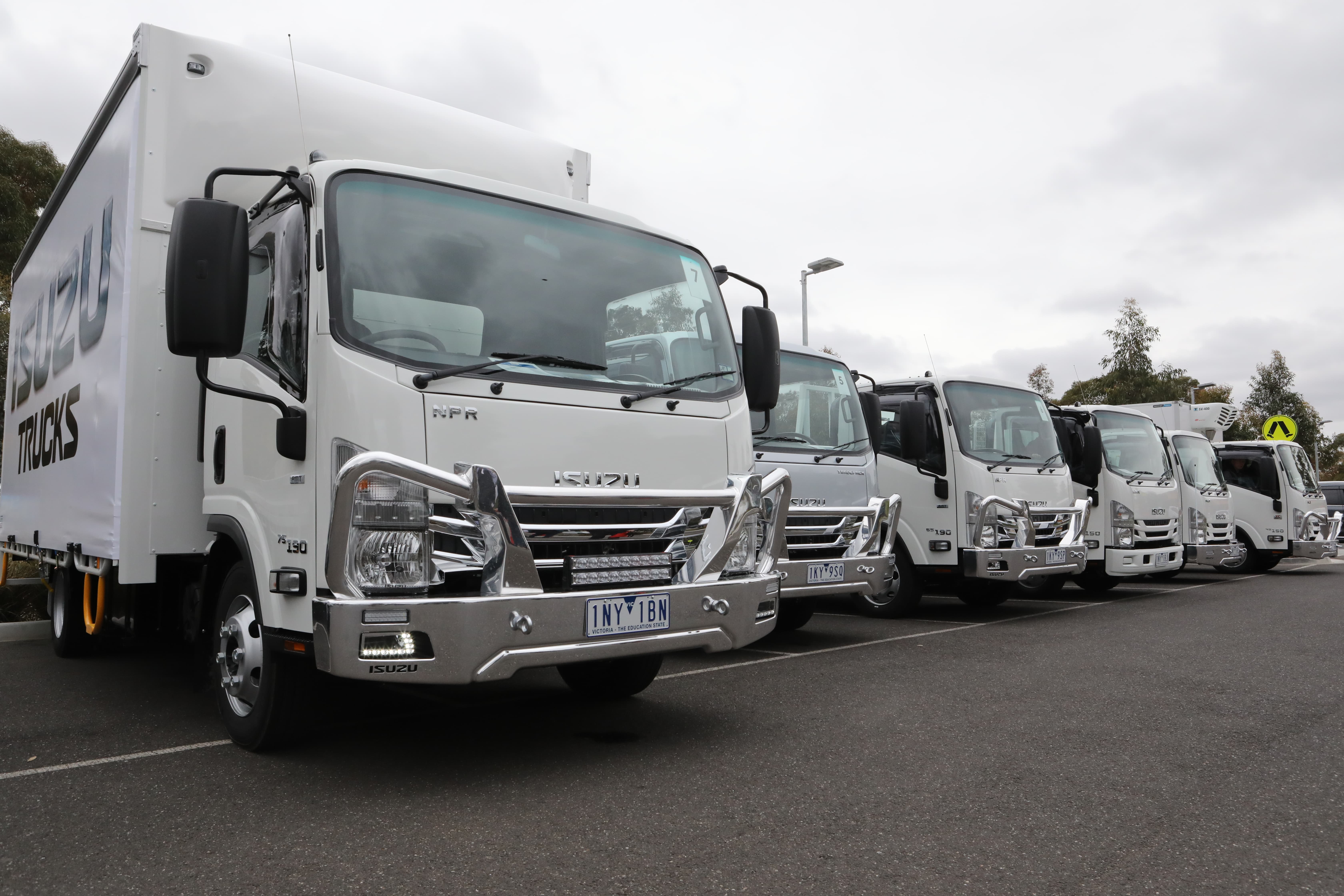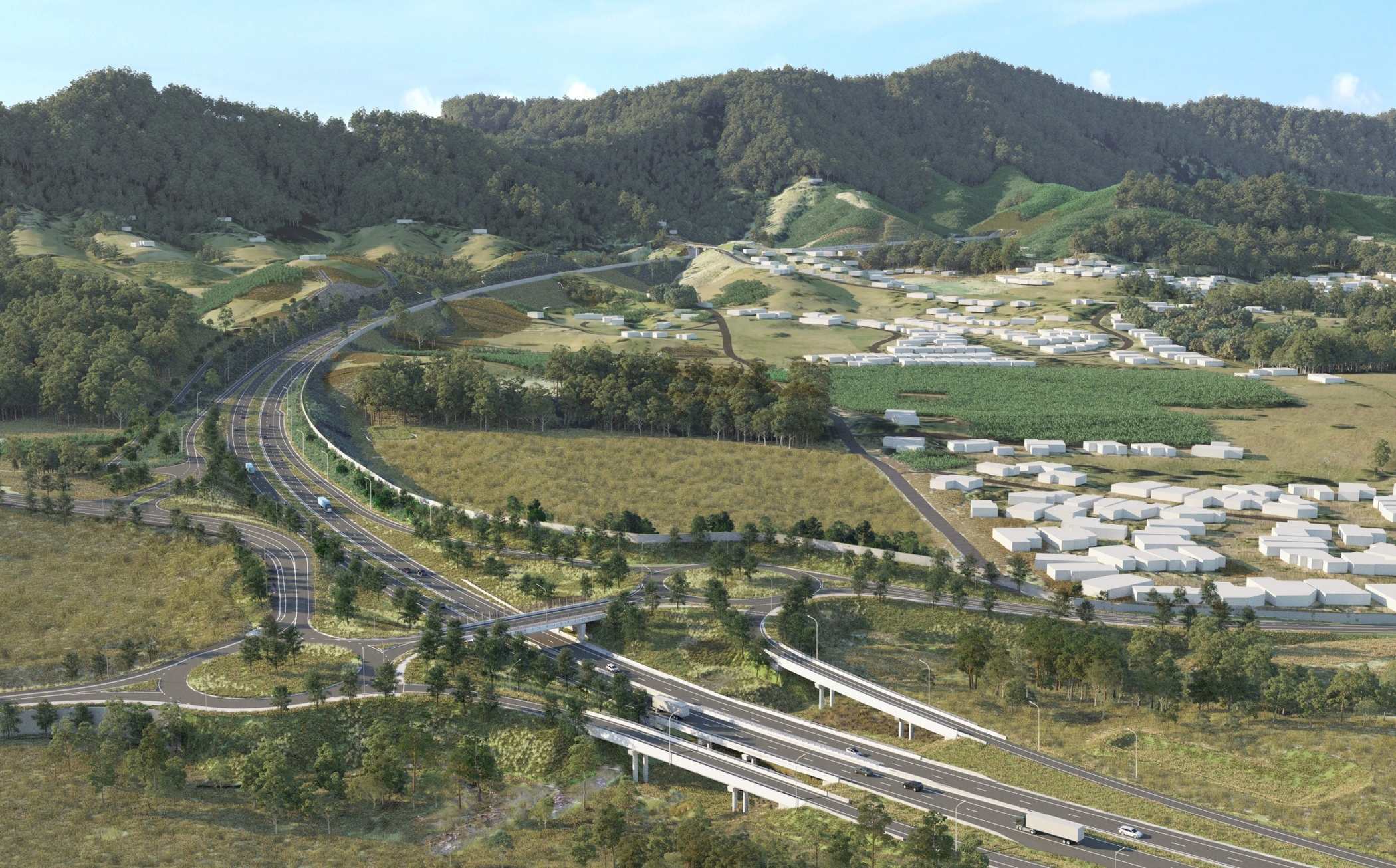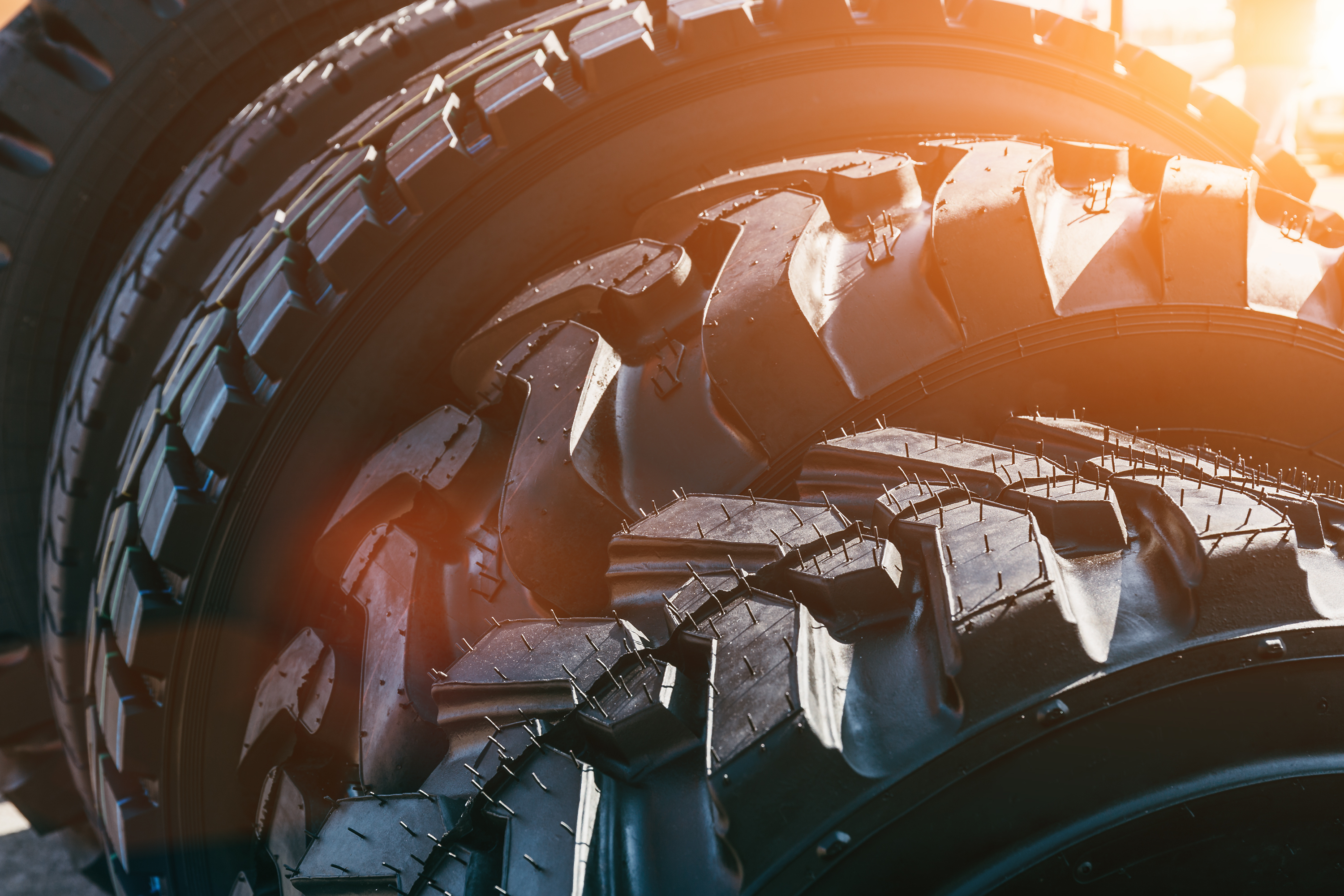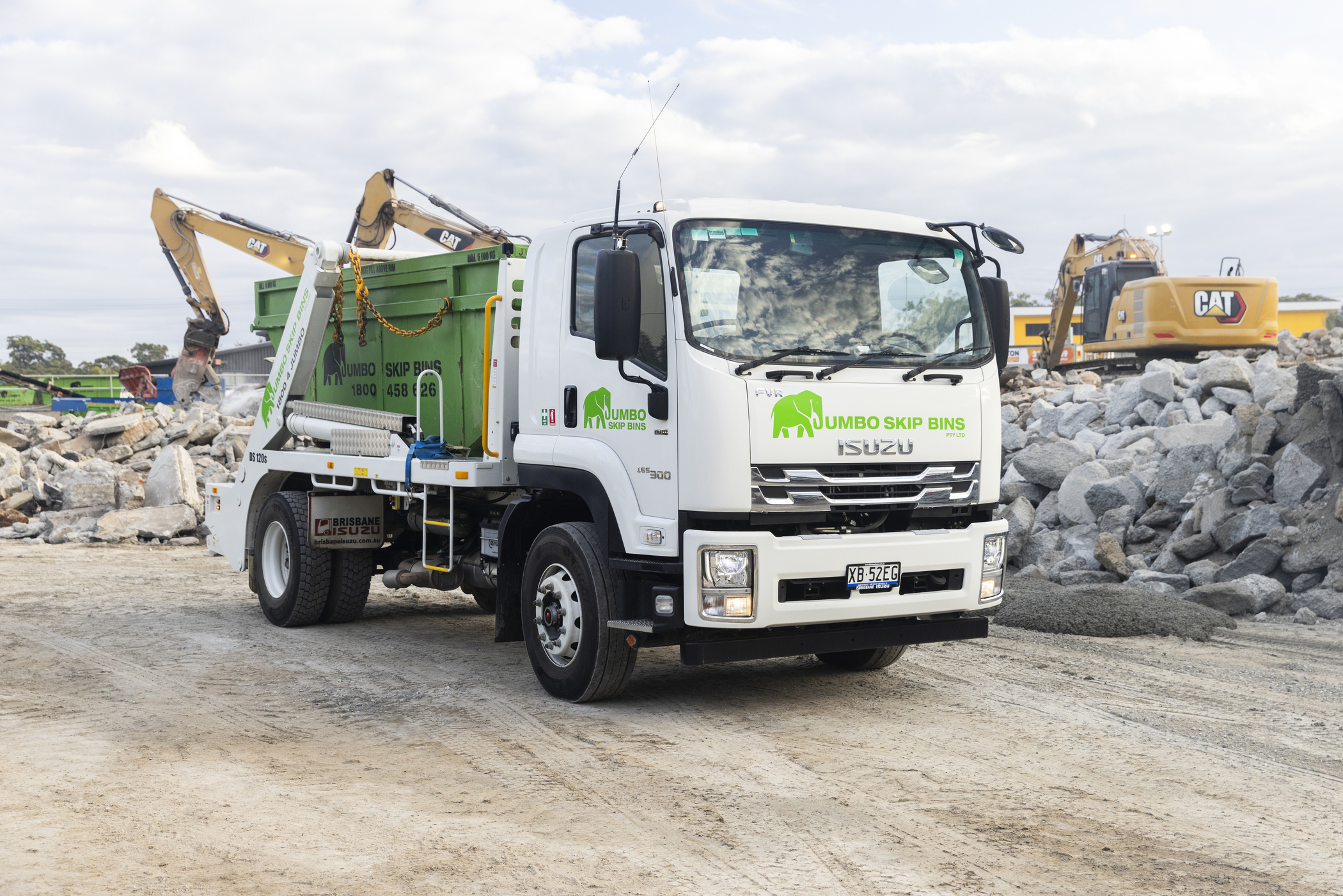Safety And The Humble Bullbar

Picture a rugged metal grill, equal parts sturdy as it is impressive, designed to shield your truck from off-road dangers and ensure personal safety.
There is only one device that springs to mind, befitting the above description—the bullbar. To most of us it is just a solid feature that adds a whole lot of sexy to your truck. But the bullbar is so much more than that. It is a purpose-built accessory that bumps up the safety of your beloved truck and offers protection against front-end collisions for the truck’s engine and its other components. The Australian bullbar Unlike the sophisticated bullbar designs available today, the bullbar started as a straightforward metal grill built to protect your vehicle against collisions with large animals and trees, which is especially important in the Australian landscape. The unique geographical expanse of Australia is characterised by remote, rural areas populated by large wildlife, such as kangaroos, and dotted with trees that can sometimes seem to come out of nowhere. For truck drivers transporting cargo to rural communities in the outback, collisions with trees and large animals pose a big threat. And when a significant number of freight deliveries to remote locations are undertaken during irregular hours, it makes these trucks more susceptible to off-road accidents. Bullbars are borne out of necessity, providing extra protection for vehicles and motorists by reducing the impact of collisions. This is especially important in rural, off-road areas where a bullbar can also protect the truck’s cooling system in collisions, reducing the risk of the driver, passengers and cargo from being stranded. And so, the bullbar has solidified itself as an important protective equipment for trucks, especially those in charge of long-haul operations. But do you really need them? Whether you are off to make freight deliveries on your truck or are off to travel the great Australian outback on your caravan, making the bullbar is a priority. Collisions The impact of collision with a tree or a large animal can vary, depending on various factors like speed, angle, the type of truck and the size of the animal or tree. Such truck collisions in rural areas can leave drivers stranded with no access to help, and can also be life-threatening, especially if the driver tries to avoid collision by swerving. And these are very real worries. In Western Australia, animal collisions alone were responsible for 22 per cent of all heavy vehicle accidents. Having a bullbar on the truck is a preventive measure that considerably minimises the impact of a collision and is especially pertinent when driving in off-road and poor light conditions. General protection Animal and tree collisions aren’t the only things to look out for when driving in and through rural areas and long stretches of freeways. Sometimes when trucks are required to be driven in off-road conditions or on overgrown tracks, rough terrain with scrub and bushes can damage the vehicle. In those circumstances, a bullbar is useful in safeguarding the truck against such threats, as well as reducing truck damage due to accidental collisions with boulders and other large objects.
Tips to avoid an animal collision
Avoiding an animal collision is harder than avoiding a collision with an inanimate object like a tree.
Driving in conditions with low visibility significantly increases the risk of animal collisions. The slightest sound of a vehicle can cause them to panic and sometimes bolt in front of a vehicle.
In those circumstances, a bullbar is useful in safeguarding the truck against such threats, as well as reducing truck damage due to accidental collisions with boulders and other large objects.
Tips to avoid an animal collision
Avoiding an animal collision is harder than avoiding a collision with an inanimate object like a tree.
Driving in conditions with low visibility significantly increases the risk of animal collisions. The slightest sound of a vehicle can cause them to panic and sometimes bolt in front of a vehicle.
 Wild animals like kangaroos are especially active at dawn and dusk, posing an additional risk to trucks driving at these times.
We can hopefully minimise the risk of unexpected animal collisions with these simple tips:
Wild animals like kangaroos are especially active at dawn and dusk, posing an additional risk to trucks driving at these times.
We can hopefully minimise the risk of unexpected animal collisions with these simple tips:
- Slow down, especially when travelling in bad weather conditions and periods with limited visibility (e.g. dawn and dusk). Reducing your speed allows for more reaction time.
- Take heed of all the road warning signs.
- Do not swerve. Applying brakes and slowing down is a better alternative than swerving to avoid a collision. Swerving at high speeds can cause skidding and rollovers and have fatal consequences for both you and other road users.
- Stay alert for any movement or activity on the road. Make sure to scan the sides of the road. If you spot an animal, slow down as there is a likelihood of more animals in the vicinity.
- Pull over to the side to make sure other road users are not obstructed. Turn on your hazard lights.
- Check yourself and your passengers for any injuries. Call an ambulance if needed.
- When safe to do so, approach the injured animal from a distance.
- Check to see if the animal is alive, if you can. If you do, do so with a pair of gloves on. Chances are that if the animal is stationary, it’s either severely injured or dead. If the animal has survived, please call the relevant wildlife emergency response group for help.
- In case of a native marsupial, check the pouch for a joey. This useful brochure details the safe removal of a joey from the pouch and provides further advice on what to do next.
- If and when safe to do so, move the dead animal off the road to reduce the risk of further collisions for other motorists.



Playtime’s over, get $3,500* to spend on extras.
If you’re ready to get serious about tackling bigger jobs, grab yourself an NLR 45-150 AMT SWB Traypack from the Ready-to-Work range for $62,990 drive away*. And to prove we aren’t playing, buy any NLR Traypack before June 30 and you’ll get $3,500* to spend on genuine accessories or an Essentials service agreement.
Learn more



